Donor Fatigue | It’s Not Your Donors, it’s YOU
Pamela Grow
OCTOBER 14, 2023
When we contribute to charity or extend a helping hand, our brains respond with a burst of positivity. The mid-brain actually lights up, releasing endorphins that interact with opiate receptors. Emotional engagement is the cornerstone of donor relationships. And serotonin? Bring them as close to the action as possible.








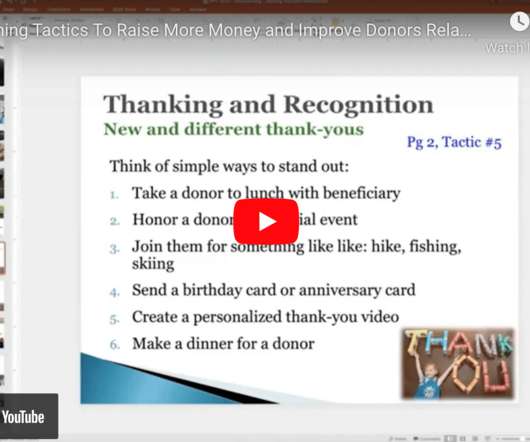

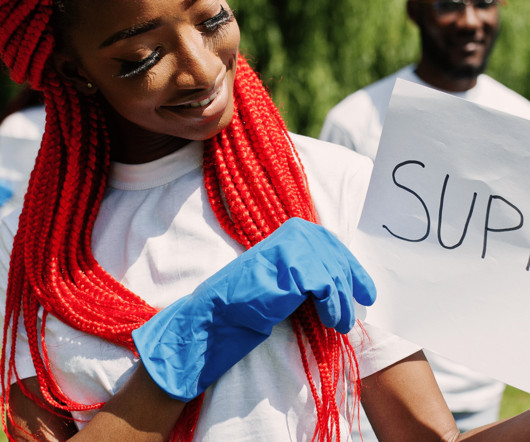

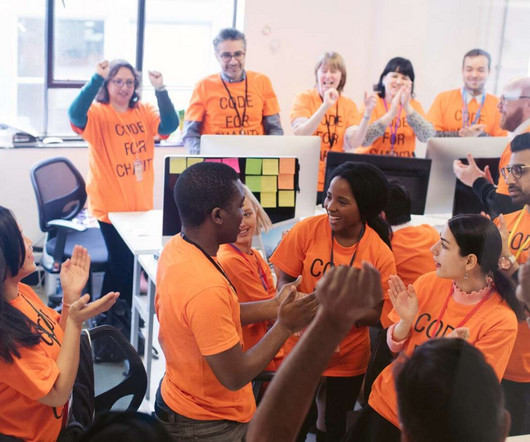

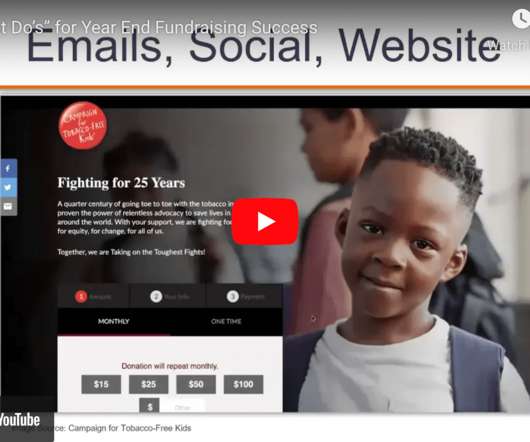
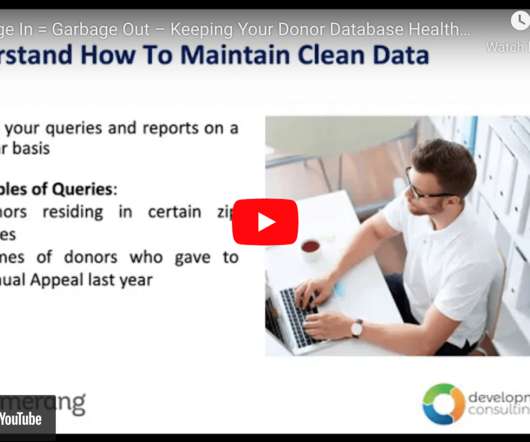







Let's personalize your content